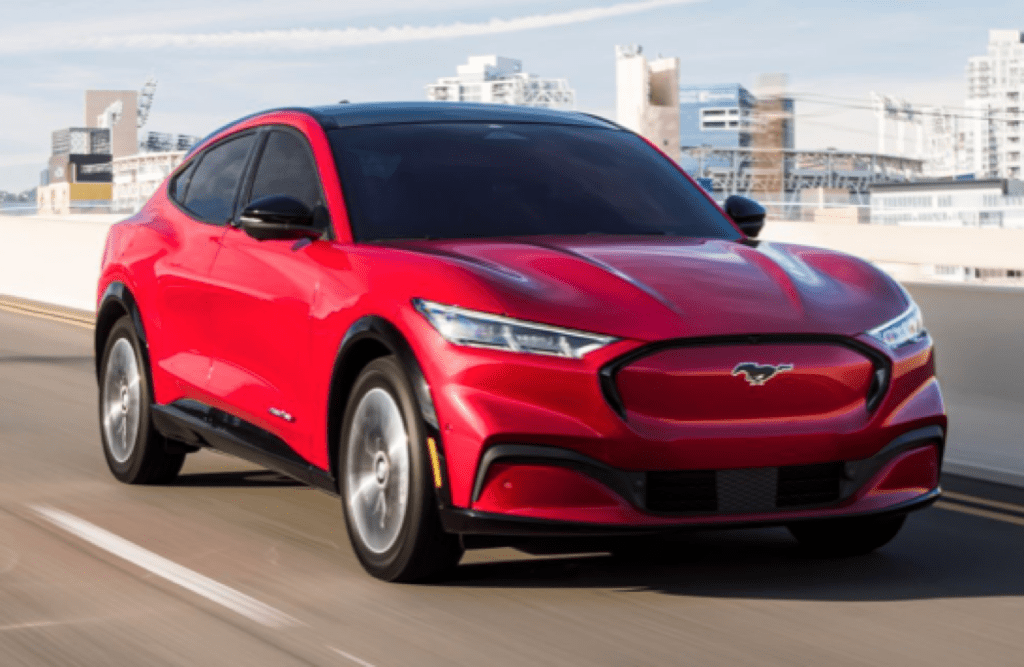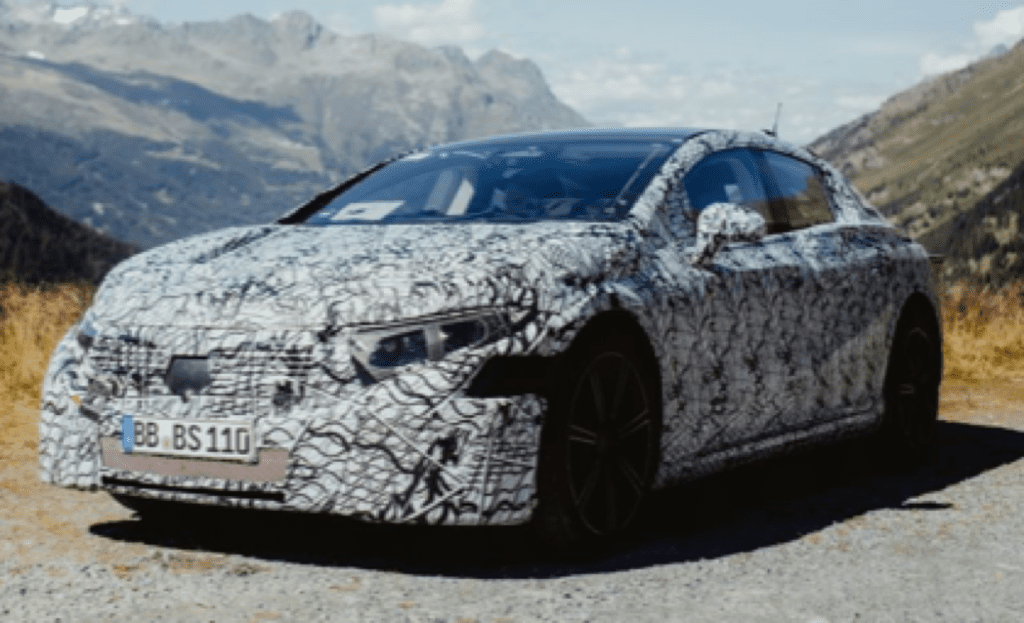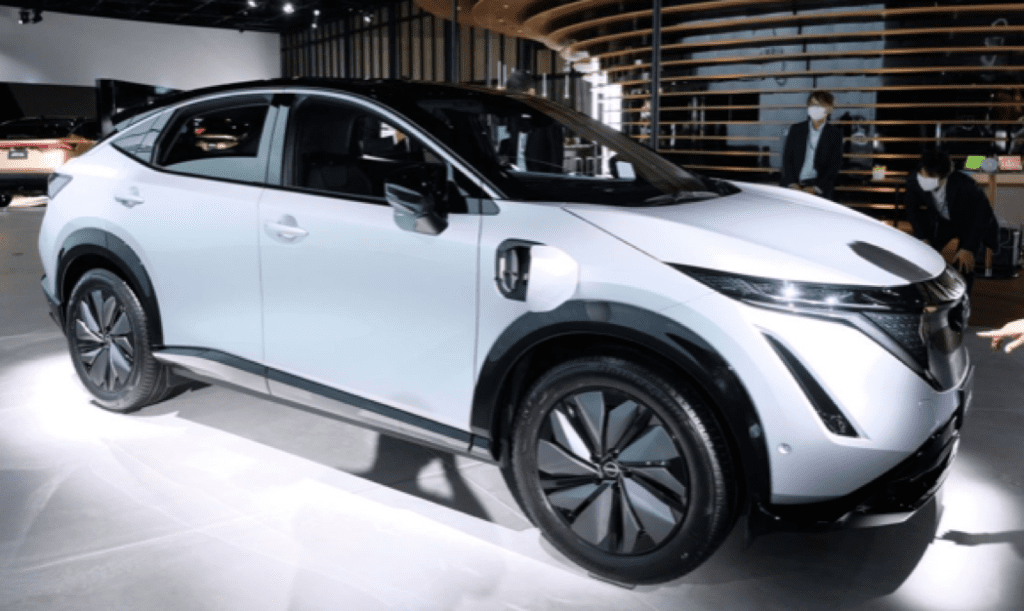Daniel Salzler No. 1091 EnviroInsight.org Four Items February 26, 2021
—————Feel Free To Pass This Along To Others——————
If your watershed is doing something you would like others to know about, or you know of something others can benefit from, let me know and I will place it in this Information newsletter.
If you want to be removed from the distribution list, please let me know.
Please note that all meetings listed are open.
Enhance your viewing by downloading the pdf file to view photos, etc. The attached is all about improving life in the watershed. If you want to be removed from the distribution list, please let me know. Please note that all meetings listed are open.
Enhance your viewing by downloading the attached pdf file to view photos, etc.
The attached is all about improving life in the watershed.
Read this newsletter at EnviroInsight.org
1. Why It’s Important To Recycle
Aluminum Cans
About 42.7 billion aluminum cans, over 81,000 cans per minute, were recycled in America in 2019.6 But, at the same time, in every three-month period in the U.S., enough aluminum cans and packaging are thrown away—2.66 billion tons in 2018—to rebuild the entire American commercial air fleet.78 Aluminum cans take 80-100 years in landfills to completely decompose.910
Glass
Glass is normally very easy to recycle due to the fact that it’s made of sand. By simply breaking down the glass and melting it, we can produce new glass. But the shocking fact is that if glass is thrown away in landfills, it takes a million years to decompose. And according to some sources, it doesn’t decompose at all.10
Paper Waste
Paper is the largest element in American municipal solid waste.11 Normally, it takes two to six weeks in a landfill to get completely decomposed, but can take decades, depending on moisture levels within the landfill.1213 Recycling paper items saves a lot of landfill space while also reducing the energy and virgin material usage demanded by making non-recycled paper. Recycling paper items saves a lot of landfill space while also reducing the energy and virgin material usage demanded by making non-recycled paper.
Food Waste
Food is the second largest waste item in American landfills.11
United States Environmental Protection Agency. “National Overview: Facts and Figures on Materials, Wastes and Recycling.” Accessed Jan. 16, 2021.
The time taken for food waste decomposition depends on the type of food. Normally, an orange peel takes six months, while an apple core takes around two months, and a banana peel takes two to 10 days, to decompose.14 Composting and food waste recycling are great ways to divert food waste away from landfills.
Different sources have different information on the actual time various waste items take to decompose. Here are some estimates for common waste items:
Other Waste Items
| Waste Item | Decomposition Time |
| Cigarette butts | 10-12 years |
| Monofilament fishing line | 600 years |
| Rubber boot soles | 50-80 years |
| Foamed plastic cups | 50 years |
| Leather shoes | 25-40 years |
| Milk cartons | 5 years |
| Plywood | 1-3 years |
| Cotton gloves | 3 months |
| Cardboard | 2 months |
| Styrofoam | Does not biodegrade |
| Nylon fabric | 30-40 years |
| Tin can | 50 years |
| Ropes | 3-14 months |
| Aluminum cans | 80-100 years |
| Train tickets | 2 weeks |
| Batteries | 100 years |
| Sanitary pads | 500-800 years |
| Wool clothing | 1-5 years |
| Tinfoil | Does not biodegrade |
Source; https://www.thebalancesmb.com/how-long-does-it-take-garbage-to-decompose-2878033#aluminum-cans
2. Planning On Buying A New Car? Why Not Make It Electric? Tesla Inc. currently dominates the U.S. plug-in market, selling four out of five all-electric vehicles purchased in 2020, according to industry consultant EV-Volumes. Tesla doesn’t break out its U.S. sales separately.
Other auto makers’ commitment to electric vehicles has only intensified in the past year, despite the global pandemic’s depressing effect on vehicle sales.
Wall Street, too, continues to up its bet on the technology, rewarding new startups that have yet to produce a single electric car but are commanding eye-popping valuations. The Biden administration is also throwing its backing behind electric vehicles, pledging to build a half-million public chargers by 2030.
Other auto makers’ commitment to electric vehicles has only intensified in the past year, despite the global pandemic’s depressing effect on vehicle sales.
Wall Street, too, continues to up its bet on the technology, rewarding new startups that have yet to produce a single electric car but are commanding eye-popping valuations. The Biden administration is also throwing its backing behind electric vehicles, pledging to build a half-million public chargers by 2030.
Chief executives like GM’s Mary Barra and VW’s Herbert Diess have staked their legacies on successfully shifting their businesses to electric vehicles. Lucid Motors Inc., Rivian Automotive LLC and other well-capitalized startups are also joining the race, aiming to roll their first models off U.S. assembly lines this year.

Ford Mustang Mach-E
The company is hoping the rapid off-the-line acceleration delivered by the model’s electric motors will give it the feel of a muscle car—without the emissions-spewing guilt. The vehicle starts around $43,000 before tax incentives and is loaded with technology that Ford hopes will appeal to millennials who might otherwise buy Tesla’s Model Y SUV. The company will also bring out an electric version of its Transit van, a popular model with contractors and commercial fleets.
Built in Mexico. Available now.
Volkswagen ID.4
Volkswagen, battered by the Dieselgate scandal, is trying to transform itself into a car company that not only can take on Tesla that not only can take on Tesla but can bring electric vehicles into the mainstream with more affordable and appealing models. It is placing one of the industry’s biggest investments on the technology: about $42 billion over the next five years. The ID.4, which starts around $40,000 before tax incentives, is the VW brand’s first all-electric SUV to be sold in the U.S. Company executives are hoping it will resonate with Amrican buyers much like the Volkswagen Beetle did in the 1960s. Built in Germany: Tennessee starting in 2022Volkswagen ID.4

Lucid Motos
Lucid Motors Inc. is one of several electric-car startups getting attention from investors these days. The Lucid Air is its first model, a high-end sedan that its executives say will outperform Tesla on top speed and acceleration and take aim at BMW and Mercedes-Benz with premium interiors meant to compete with their top-end models. The Air will start around $77,000 before tax incentives, with the first top-end versions selling for about $169,000. The company claims some Airs will be able to drive over 500 miles on a single charge, a figure that if certified by the Environmental Protection Agency would lead the industry, beating the 402-mile range of Tesla’s Model S Long Range Plus, the current range champion.
Lucid Air

Built in Casa Grande, AZ Available in Spring 2021
Rivian R1T vailable in June R1S in Augus
Rivian Automotive, another electric-vehicle startup based in California, plans to release its first electric pickup truck, the R1T, this summer, taking direct aim at Detroit’s long-held dominance in the U.S.’s highly lucrative truck market with models starting at $67,500 before tax incentives, with the first models selling for $75,000.The 12-year-old firm, whose backers include Amazon.com Inc., Ford and asset manager T. Rowe Price.
Group Inc., also plans to debut a fully electric SUV this year, called the R1S. Both are aimed at shoppers with a love of the outdoors, who will buy their vehicles from the auto maker directly, rather than from dealerships, similar to Tesla’s sales model. Built in Illinois

Audi e-tron GT

Audi’s e-tron line of electric vehicles has so far only offered SUVs. No longer. With the GT, Audi offers a four-door luxury sports car that shares underlying engineering with the Taycan made by Porsche, also owned by VW Group. The new model, which will start at about $100,000 before tax incentives and is being built at the same factory where Audi makes its race cars and R8 supercar, is targeting a rising part of the market: high-performance luxury cars powered by electric motors. The brand will also debut the Q4, Audi’s luxury take on the VW ID.4, by the end of the year.
Built in Germany. Available next summer
Lordstown Endurarance

Like Rivian, Lordstown Motors Corp. is trying to break into the pickup truck market with its first model, the Endurance, a fully electric work truck that it plans tosell directly to commercial customers (not individuals in showrooms) starting at $52,500 before tax incentives. The startup, which purchased GM’s shuttered Lordstown, Ohio, factory in 2019, is hoping its battery-electric truck will appeal to businesses that operate large vehicle fleets because electric vehicles typically have lower maintenance costs.
Mercede- Benz EQS
Built in Germany. On Sale in the Fall

Mercedes-Benz first planned to bring its EQC SUV to the U.S. early last year, but those plans were derailed because the company said it needed to meet rising electric-car demand first in Europe. Now, it is giving the U.S. another go with the EQS, a large luxury sedan that likely will be priced at the top end—similar to the brand’s S-Class that starts at more than $100,000.
The car will feature a 56-inch curved display in the dashboard the company is calling a “Hyperscreen.
GMC Hummer
GM is plowing billions into electric-vehicle development, having set a target of phasing out gas and diesel-powered vehicles from its showrooms by 2035. The all-electric GMC Hummer, a revival of a nameplate once associated with environmentally disinterested excess, is among the first in a wave of 30 new battery-powered models the Detroit auto giant plans to release globally in the next four years.

The 2022 model-year truck arriving later this year will be priced around $112,000. A $100,000 version is expected to arrive the following year. GM is also set to introduce a new SUV version of the Chevrolet Bolt this year.
Hundai Ioniq 5
Like other major car companies, Korea’s Hyundai Motor Group is making big bets on the technology, aiming to sell 1 million electric vehicles annually by 2025.

It has promised to debut 23 new plug-in models by that year and plans to sell electric vehicles under a new subbrand called Ioniq. The Ioniq 5, a midsize SUV that will compete with similar mass-market models from VW, Tesla and others, will launch the new subbrand. Expected in the fall from Korea.
Nissan Arvia
Nissan Motor Co. was an early pioneer of the mass-market electric car when it debuted the Leaf in 2010. But since then, it’s slipped behind faster-moving competitors.

The Japanese auto maker is hoping to reverse that trend with the new all-electric Ariya, a compact SUV that like the VW ID.4 and Ford Mach-E aims to tap buyers’ growing appetite for battery-powered SUVs with lots of new tech. Built in Japan. Available end of 2021
Tessla Cybertruck
Tesla has said the truck will start at about $40,000, with a higher-end model capable of traveling more than 500 miles on a single charge costing around $70,000.

The model’s design, which CEO Elon Musk said was influenced by sci-fi films like “Blade Runner,” has so far received mixed reviews. But in the electric-car market, Tesla’s brand equity continues to trump that of better-established car companies, and Mr. Musk’s bold bets have paid off in the past.
Built in Texas. Available in late 2021.
Source: Wall Street Journal Feb 13-14, 2021
Copyright EnviroInsight.org 2021
